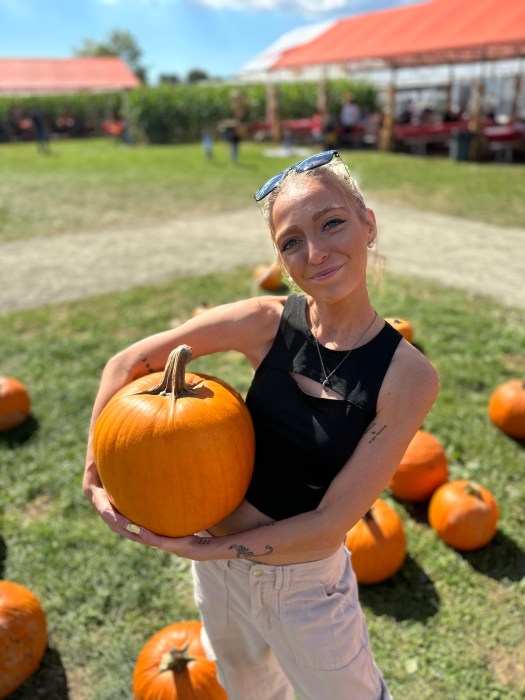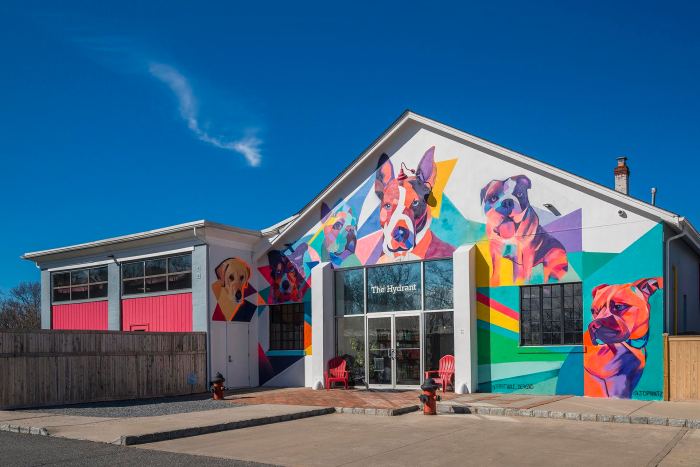 From the discovery of the 13 Turpin children in California to the conviction of the USA gymnastics team doctor, child abuse has been making headlines—and leaving many feeling helpless about how to prevent another tragedy.
From the discovery of the 13 Turpin children in California to the conviction of the USA gymnastics team doctor, child abuse has been making headlines—and leaving many feeling helpless about how to prevent another tragedy.
In New York State, 65,000 children suffer abuse each year. In the U.S., five children die each day from injuries related to child abuse. April is National Child Abuse Prevention Month and Tim Hathaway, executive director of Prevent Child Abuse New York (PCANY) said there are five key steps we can all take to better protect all children:
 Build relationships with children in your life
Build relationships with children in your life
Whether family members, neighbors or children you see at church, start a conversation. Then, Hathaway said, listen more than talk, ask open-ended questions, avoid judgment, pay attention to any behavior changes, know their friends and show you care about their world. Children need adults outside the home that they can trust.
 Connect with people
Connect with people
Too often, we close the garage door behind us or stay glued to our phones—never speaking with our neighbors. Hathaway points out the abuse in California happened for years, right under peoples’ noses. He suggests getting to know those living and working around you, walking your neighborhood, making eye contact in your building and starting friendly conversations.
 Be aware of resources
Be aware of resources
Support local groups that are creating positive experiences for kids and families—whether through donations, volunteering or spreading the word. Know where to go for support and be ready to direct others, if needed. New York State offers a free, confidential 24-hour helpline 1-800-244-5373. If you, or someone you know suspects child abuse, it can be reported at 1-800-342-3720.
 Vote—and hold elected leaders accountable
Vote—and hold elected leaders accountable
Ask what your local, state and federal representatives are doing to help children and families. Hathaway suggests signing online petitions, calling and writing legislators in support of policies and funding that help kids. Contact Jenn O’Connor at joconnor@preventchildabuseny.org to schedule free advocacy training. And stay aware of issues by signing up for PCANY’s free e-newsletter at: preventchildabuseny.org.
 Raise awareness through “Pinwheels for Prevention”
Raise awareness through “Pinwheels for Prevention”
A pinwheel, Hathaway explains, represents carefree childhood and serves as a national symbol for preventing child abuse. In 2017, more than 200 groups created “Pinwheels for Prevention” gardens in public spaces across New York State to raise awareness. Talk to your town, club, school or sports program about joining the effort. Visit preventchildabuseny.org for a free seed kit.
“We can all take these five steps to make our communities stronger and safer for children,” Hathaway said. “Every child deserves to grow up safe and happy. If we pledge to be more aware, share information and support organizations, policies and programs that benefit families, we can prevent child abuse in New York State.”
Throughout the month of April, events are planned across the state to raise awareness about child abuse prevention. For a list of events or for events in a specific city or region, contact Wendi Brandow at wbrandow@preventchildabuseny.org or call 518-880-3587.
As the only statewide nonprofit dedicated exclusively to preventing child abuse and neglect, Prevent Child Abuse New York has successfully advocated for policies that target root causes of abuse. Created in 1980, the organization also provides trainings across the state and works to build greater awareness about child abuse in our communities.

































